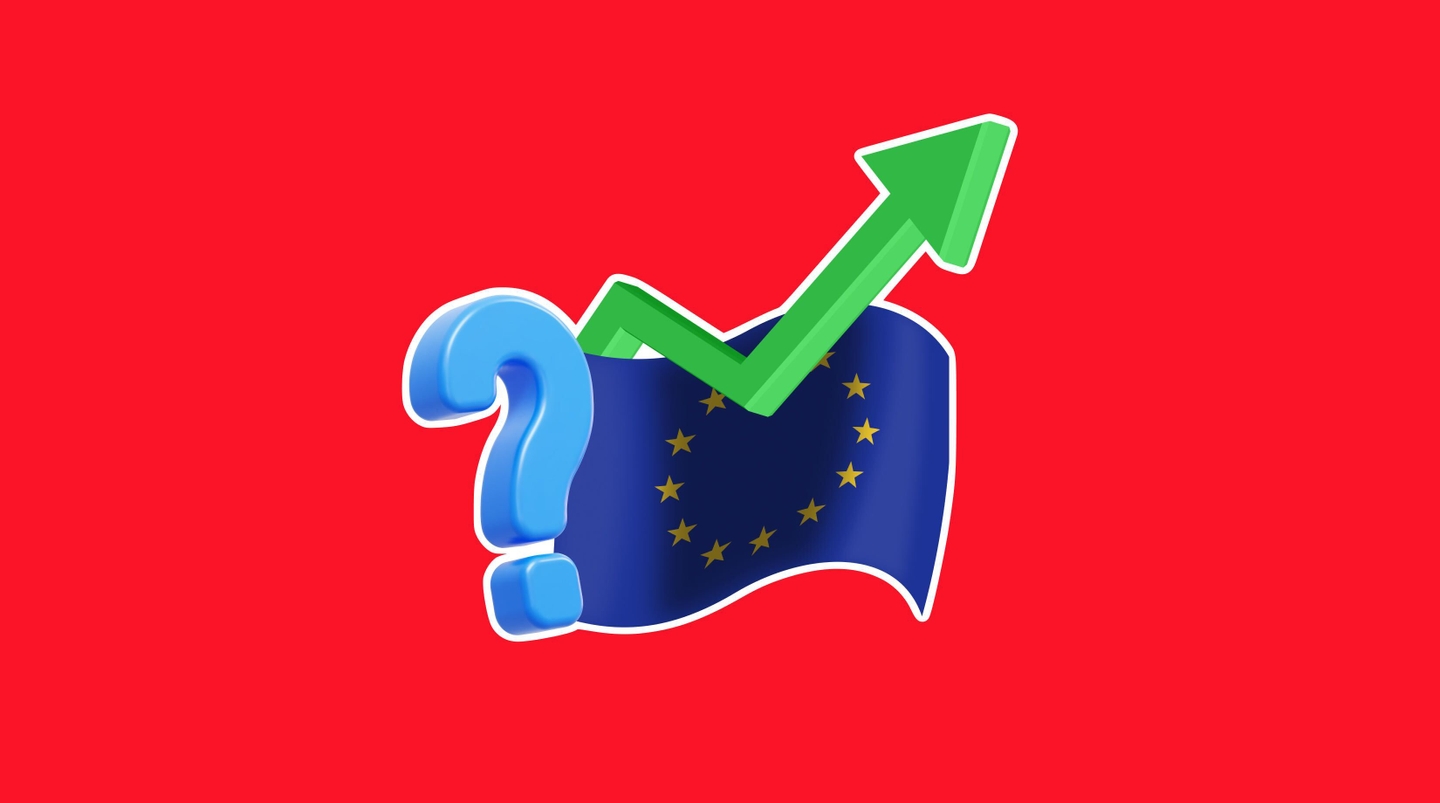The US Dollar Index rose to a new high but continues to struggle at prices above the 104.50 level. However, investors should note that the weakness in the Euro mainly drove the US Dollar Index. The EUR/USD comprises 57% of the index’s overall pricing. Therefore, the bullish trend is less apparent in other pairs, such as the GBP/USD and USD/JPY. The weakest-performing currency is the Euro, a direct consequence of lower inflation data from the largest three economies.
Investors predict Europe’s hiking cycle will end soon and sooner than other central banks. As stated above, this is due to the lower inflation data from Germany, Spain and France. However, despite yesterday's Federal Open Market Committee speeches, investors are not biting the Fed’s bait. The Federal Reserve Governor, Philip Jefferson, advised the regulator is well considering keeping interest rates unchanged this month. However, the governor also warned that “this does not mean we have reached the peak of this cycle”. The comments are slightly dovish, which caused some volatility in the Dollar, but analysts still believe the monetary policy is likely to rise in the next 1–2 months.
The latest JOLTS Job Opening data also supports a resilient economy, an unbalanced employment sector and no sign of deteriorating demand. Investors trading US Dollar related currencies pairs will also be monitoring this afternoon’s Unemployment Claims, which have declined for two consecutive weeks, and the ISM Manufacturing Purchasing Managers’ Index. Investors are hoping the Manufacturing PMI will continue to rise closer to 50.00. However, the main price driver is likely to be tomorrow’s three major releases; the Non-Farm Payroll, Unemployment Rate and Average Hourly Earnings.
EUR/USD - Europe’s Hiking Cycle Drawing to a Close?
The EUR/USD drops to a new monthly low and is close to losing gains from March and April. Economists and analysts advise that the pricing of the Euro is likely to change amongst large institutions while the region experiences significantly lower economic growth and inflation. Investors will also pay close attention to the President’s speech this afternoon to see if Mrs. Lagarde backs their dovish predictions.
The price of the EUR/USD is again declining this morning, back has yet to pass the previous support levels at 1.06574 and 1.06340. This morning's asset is also trading below the trend regression channel and at 41.73 on the Relative Strength Index. Both elements point towards a downward price movement. Moving averages have also crossed downwards on the 30-Minute timeframe and 1-Hour timeframe, which is a crucial point for bearish traders. Traders were happy to speculate a depreciating Euro during yesterday’s trading due to the currency declining against the whole market. Ideally, investors check to see if the currency is experiencing similar conditions against all other currencies.

The main concern for investors has been German inflation, which read a decline of -0.1% instead of 0.2%. This is the lowest monthly data since December, bringing the inflation rate down from 7% to 6.3%. French inflation also dropped to 6%, the lowest in 12 months, and Spanish inflation also showed a larger-than-expected decline. The European Central Bank’s Main Refinancing Rate is priced at 3.50%, much lower than the Federal Reserve and the Bank of England. The fact the rate is currently not competitive and not likely to rise much higher is lowering the currency’s demand. However, this fact has supported European equities, which have seen strong bullish price movements. The trend can potentially strengthen if today’s Eurozone Consumer Price Index reads lower than 6.3%.
Investors are also contemplating whether tomorrow’s NFP data will be as weak as previously stated. The NFP figure was expected to decline below 200,000 for the first time since January 2022. However, yesterday’s JOLTS Job Openings rose to a 3-month high and above 10 million vacancies. For this reason, investors are not convinced the data will show a weakening employment sector. One of the main concerns for the Federal Reserve will be the Average Hourly Earnings, which have been extremely high in 2023. The Fed fears inflation can be supported by higher wages, something experienced in the UK. The Dollar may find support if the Average Hourly Earnings data read more than 0.2%.
Summary:
- The US Dollar Index rose to a new high but continues to struggle at prices above the 104.50 level.
- Investors predict Europe’s hiking cycle will end soon, and sooner than other central banks, due to lower inflation data.
- Germany's inflation drops to 6.3% and French to 6.0%. Investors wait for the overall EU final inflation data.
- The NFP figure was expected to decline below 200,000 for the first time since January 2022. However, investors are still determining after the JOLTS JOB Openings hit more than 10 million vacancies.


